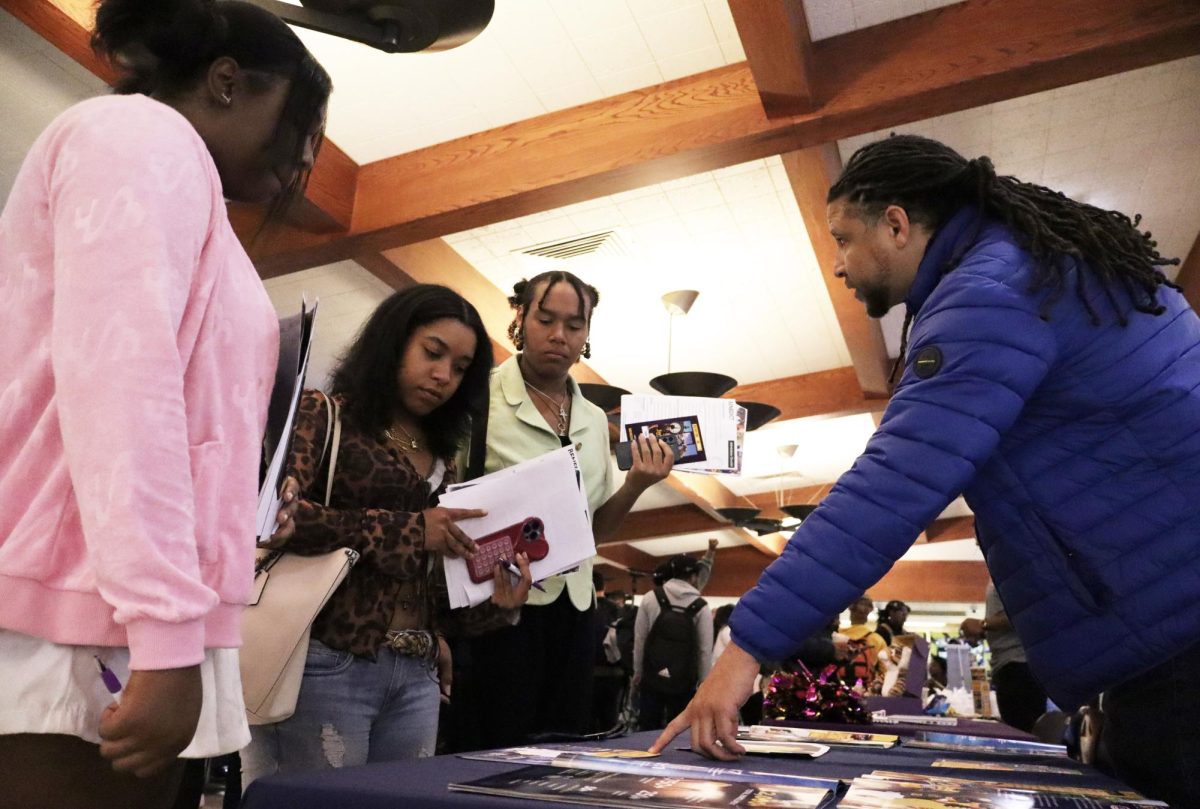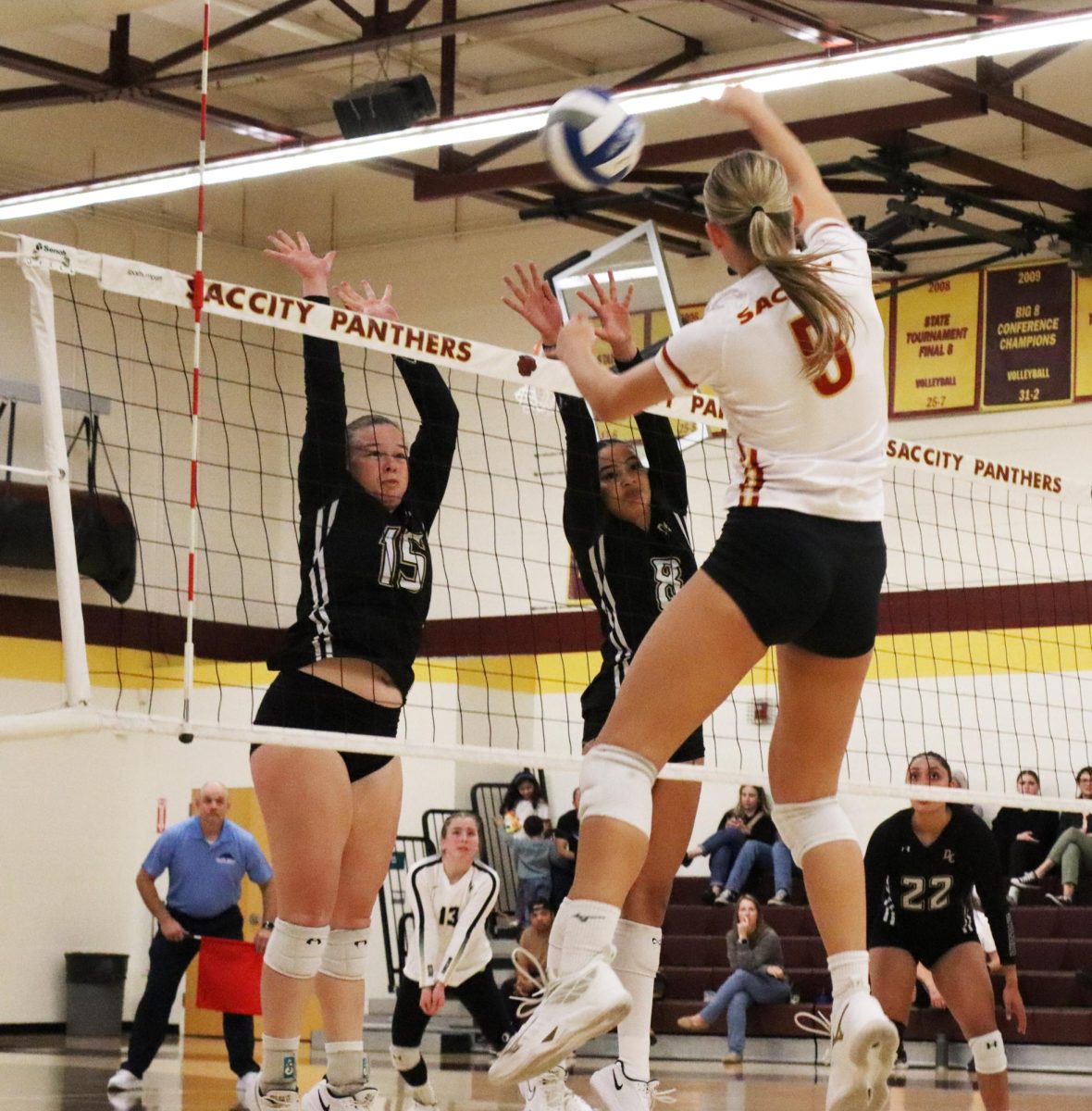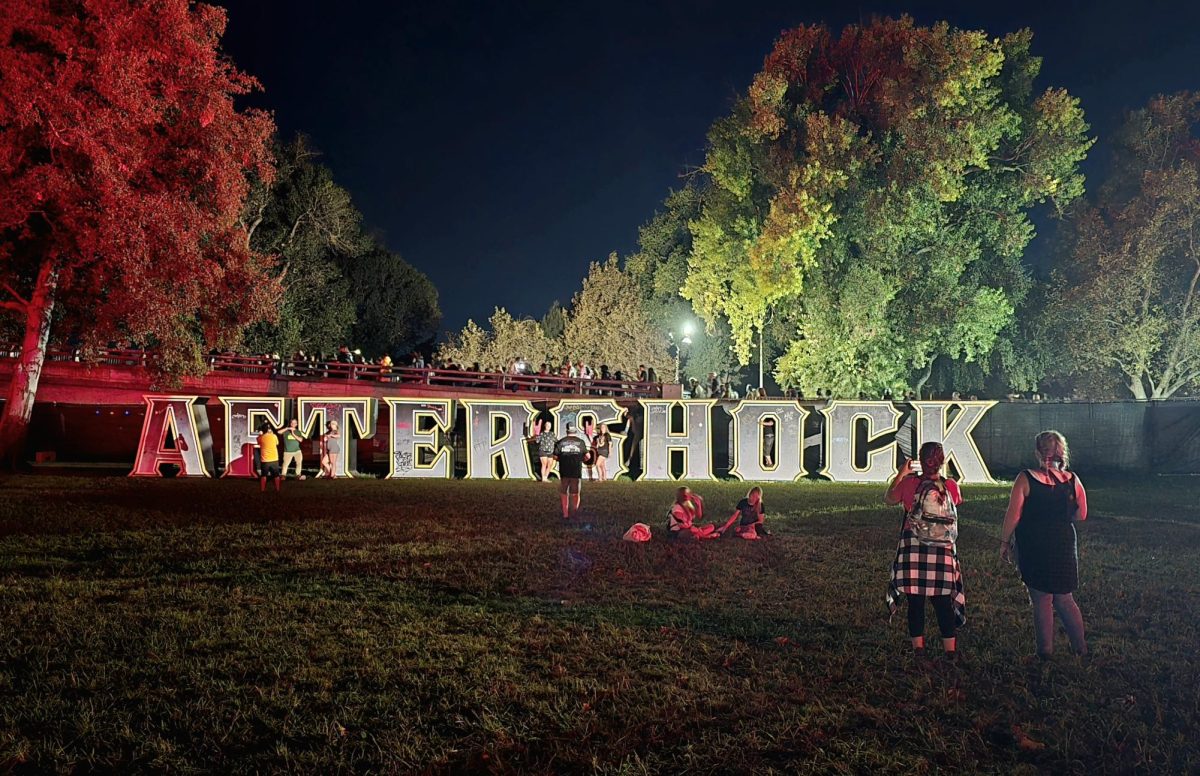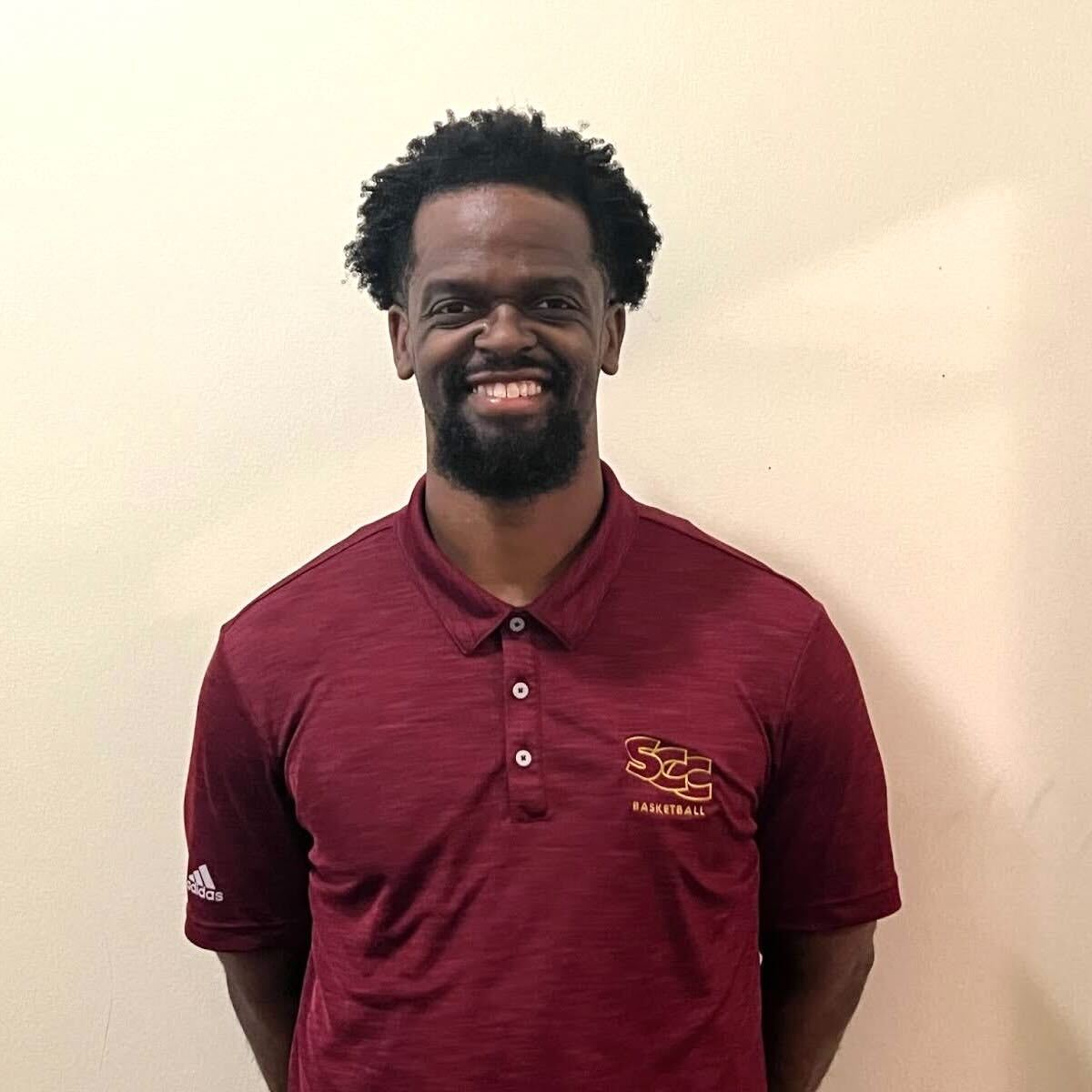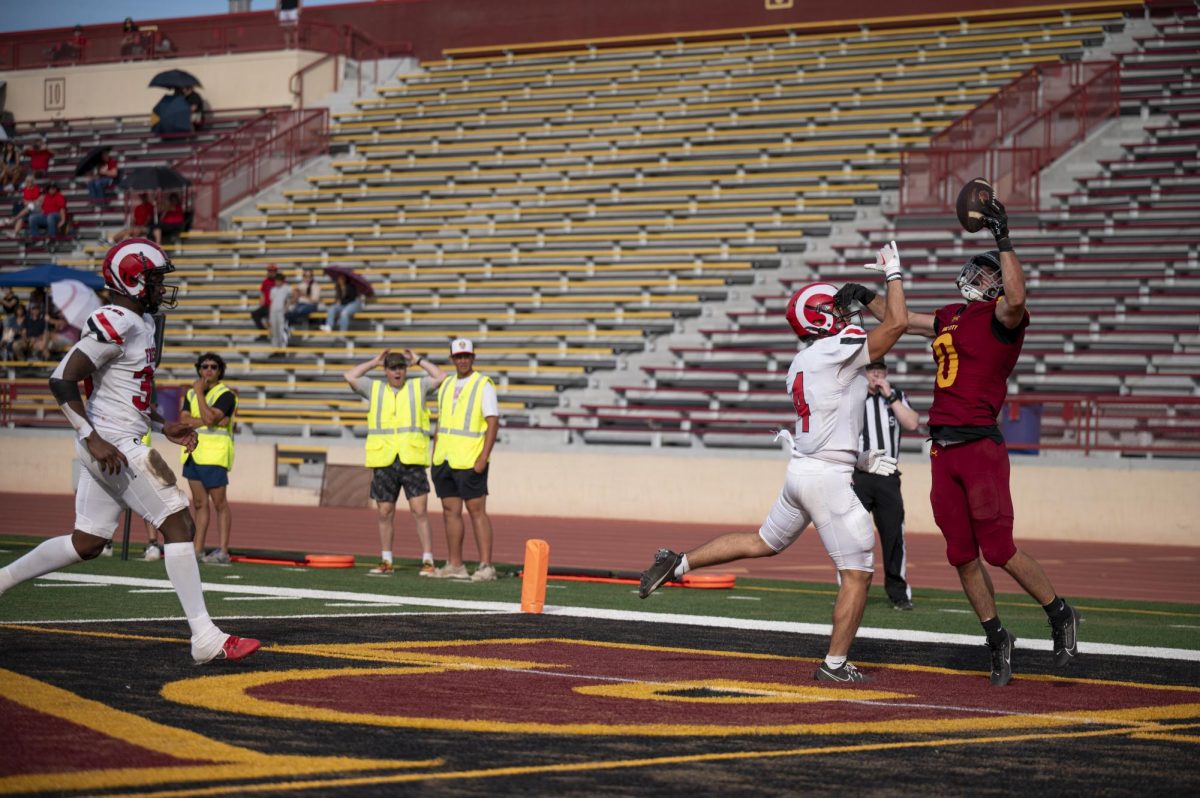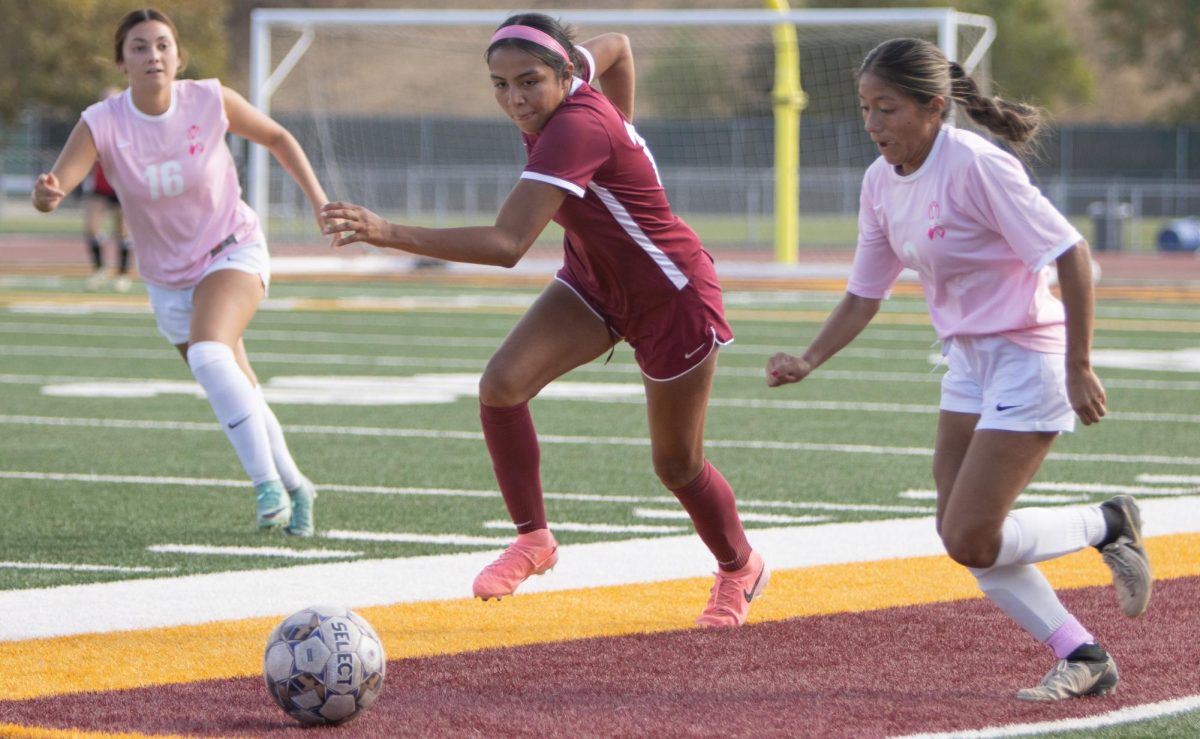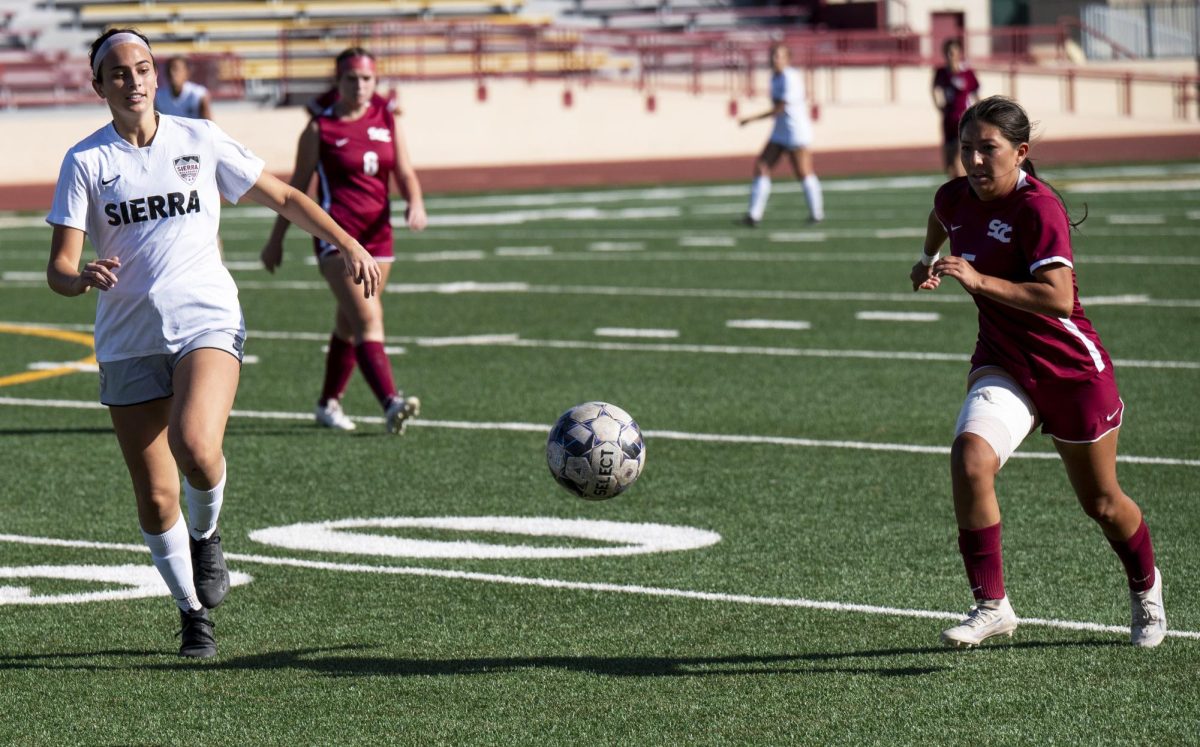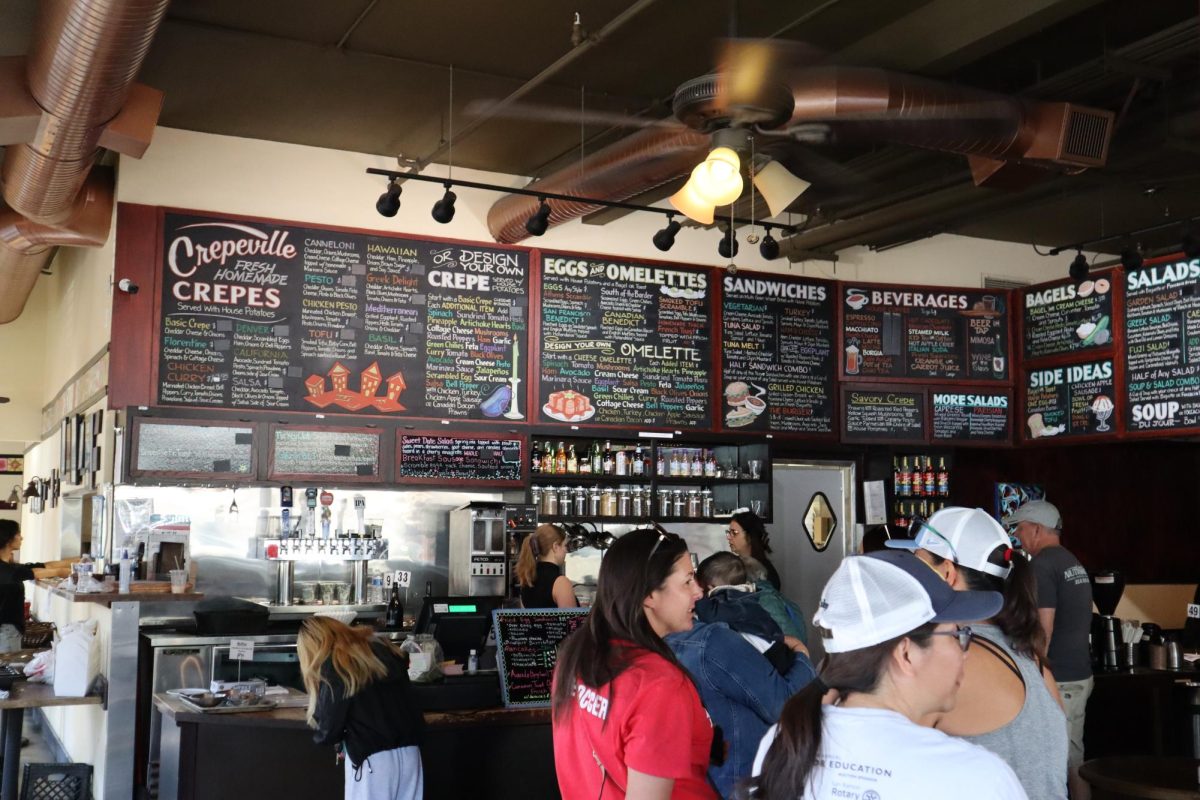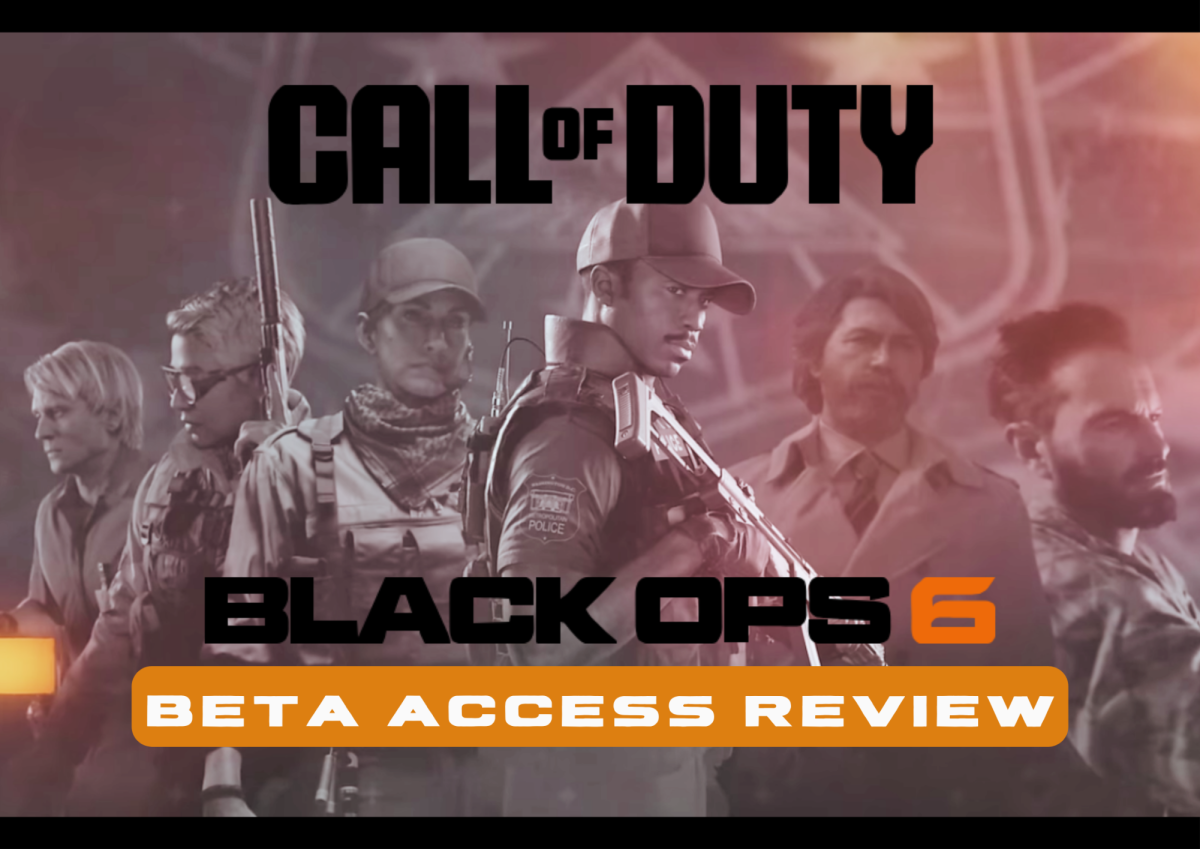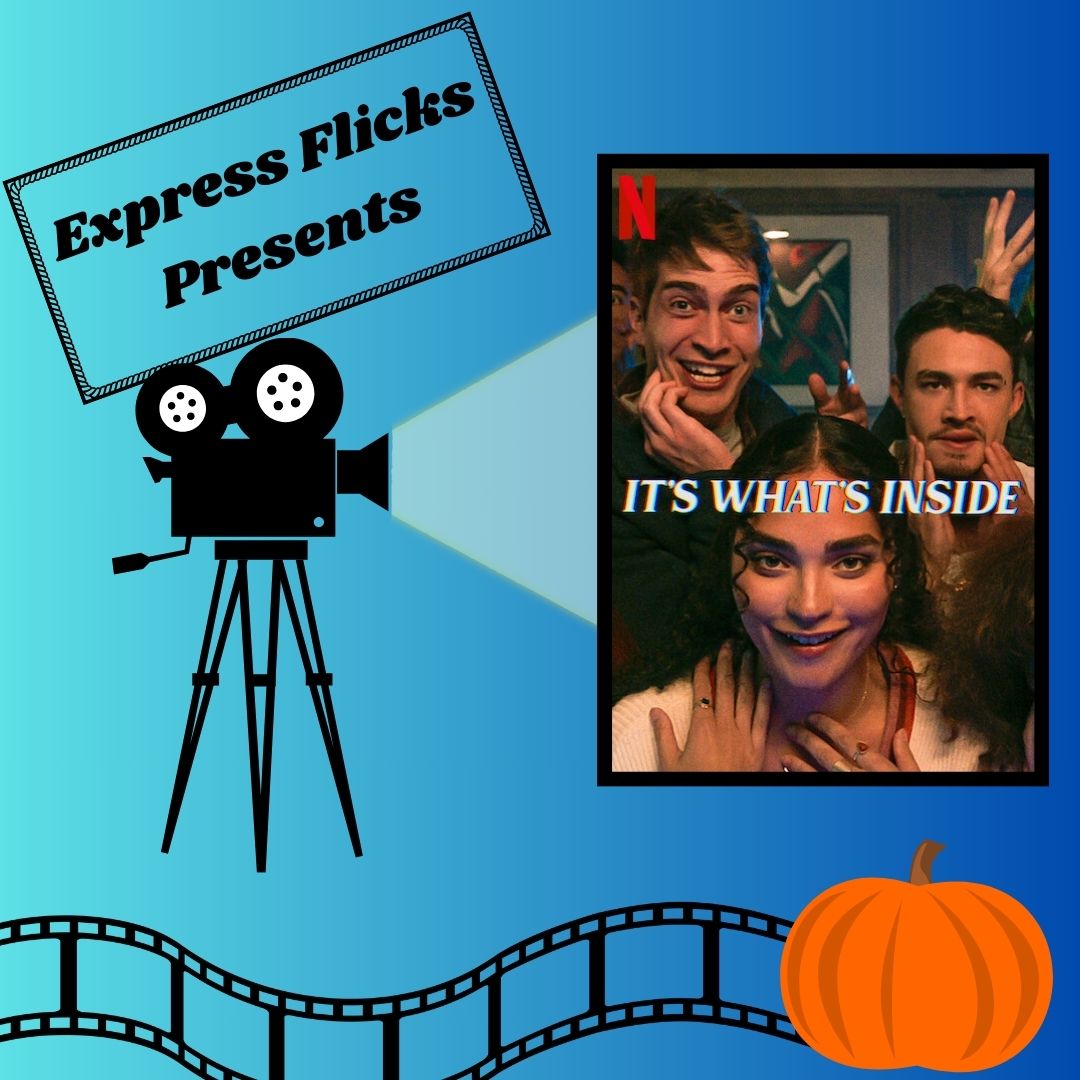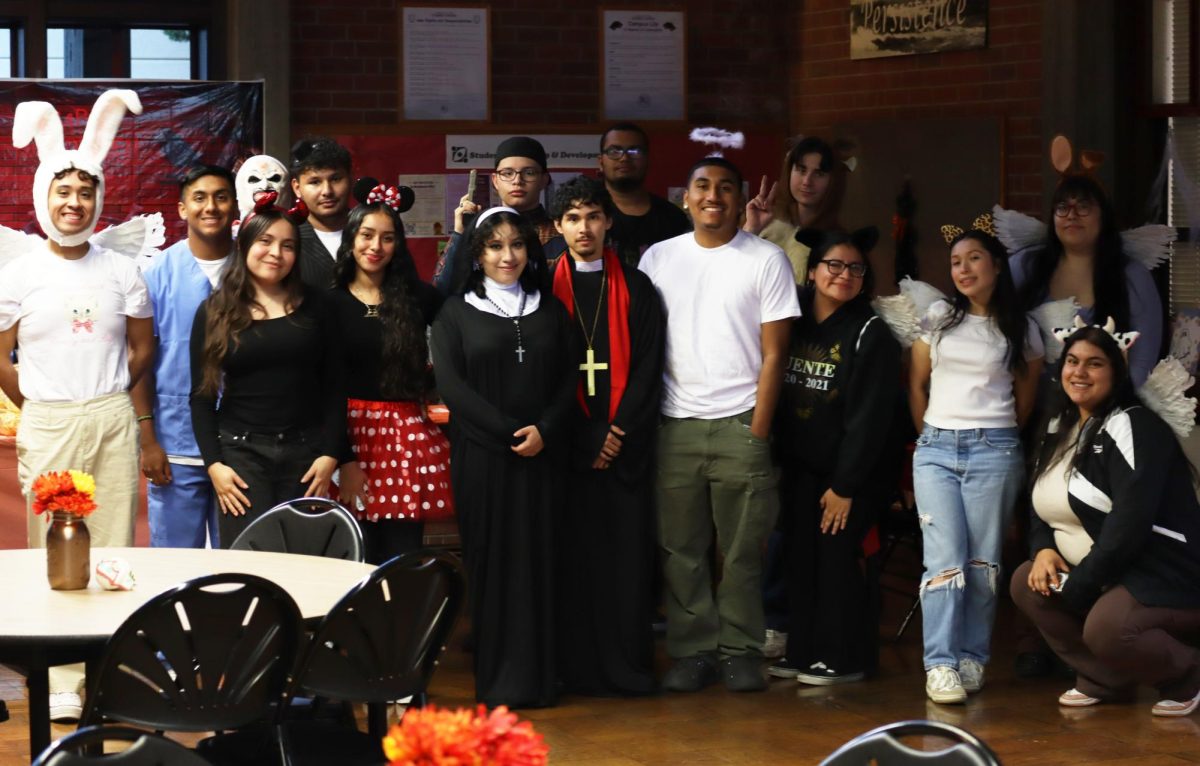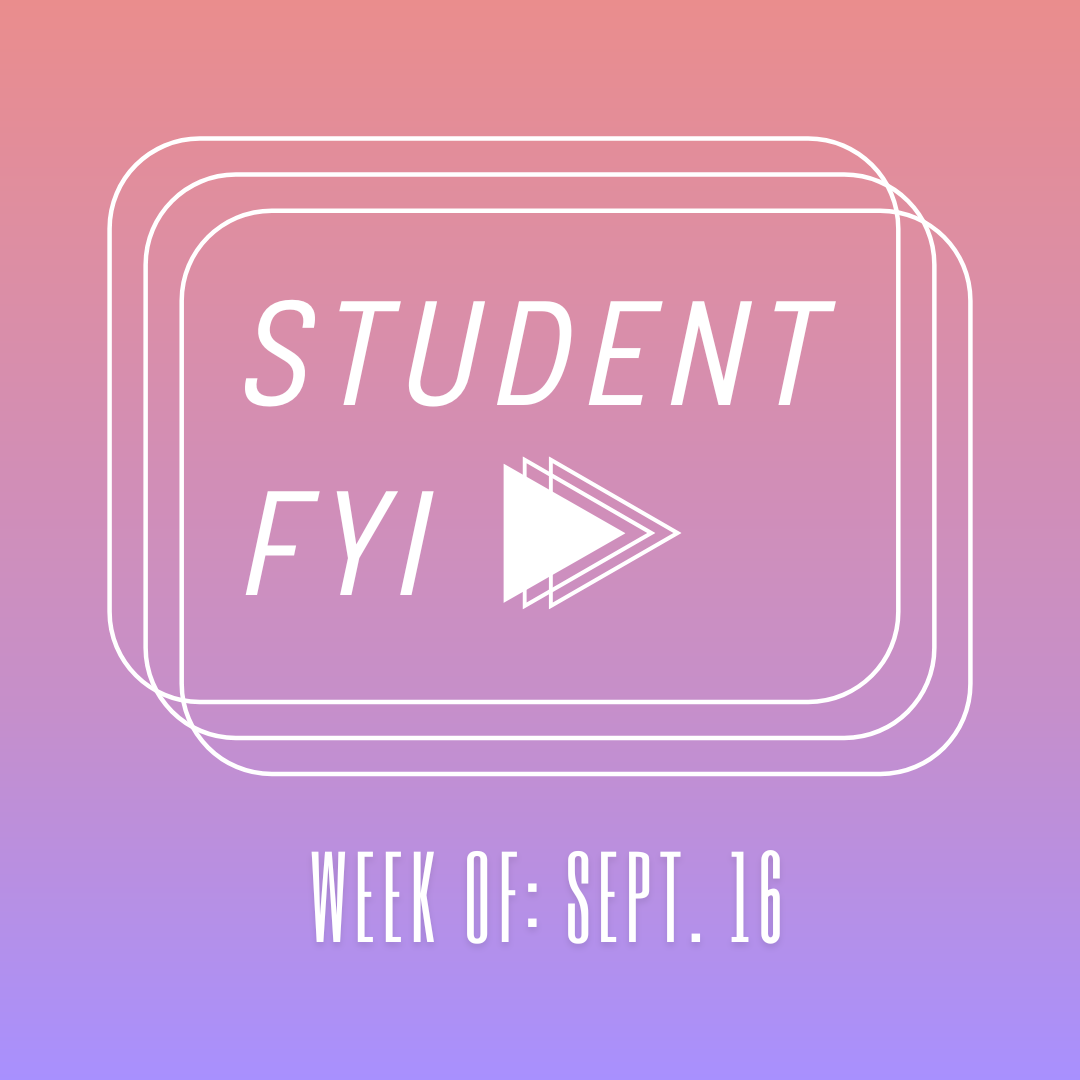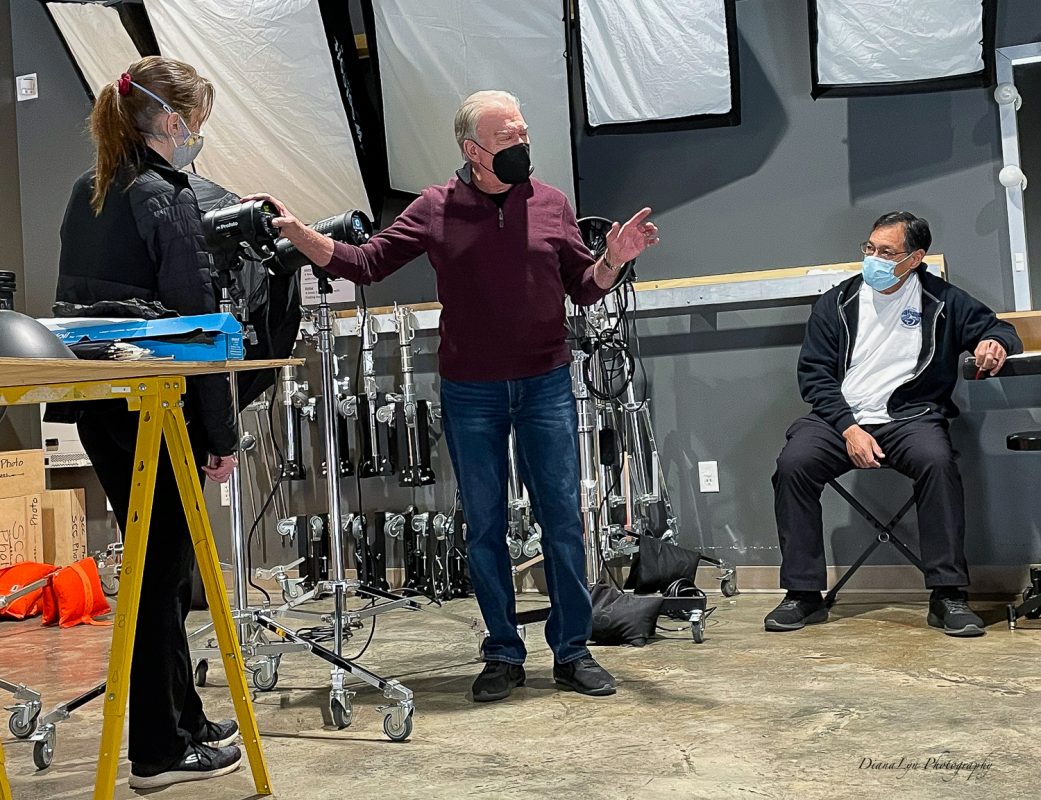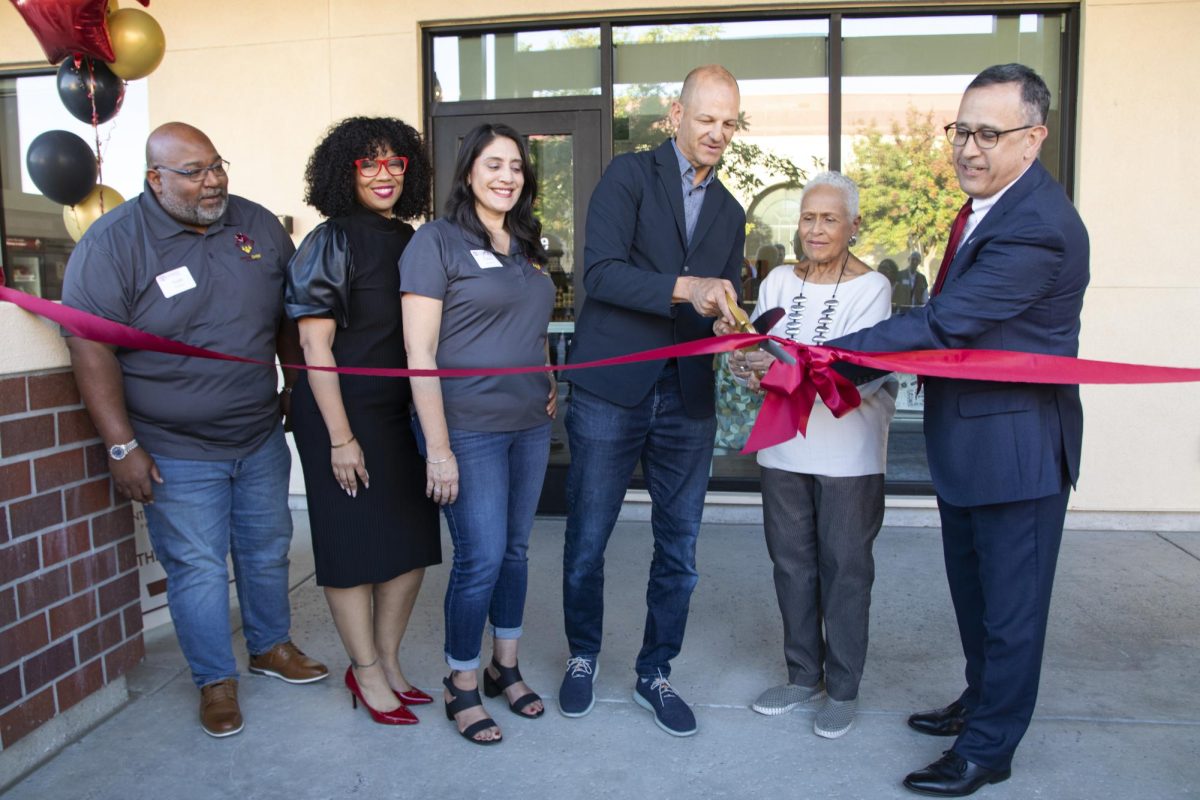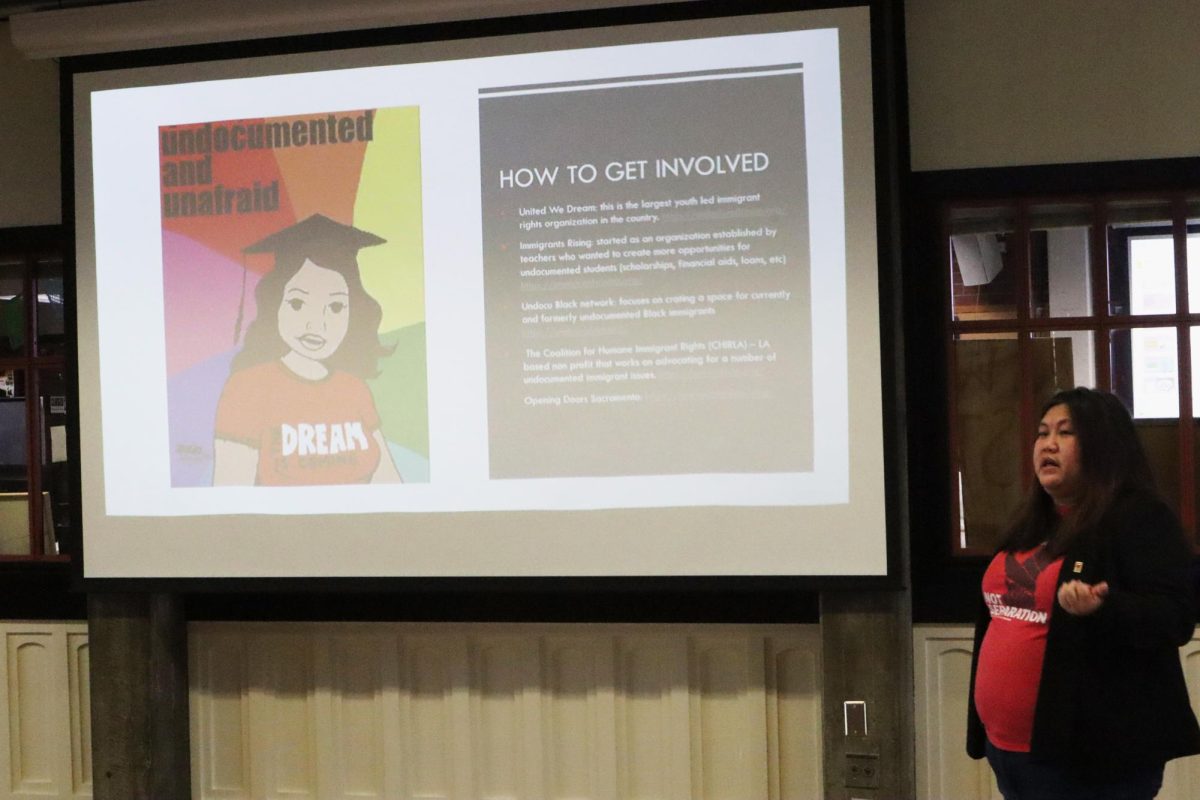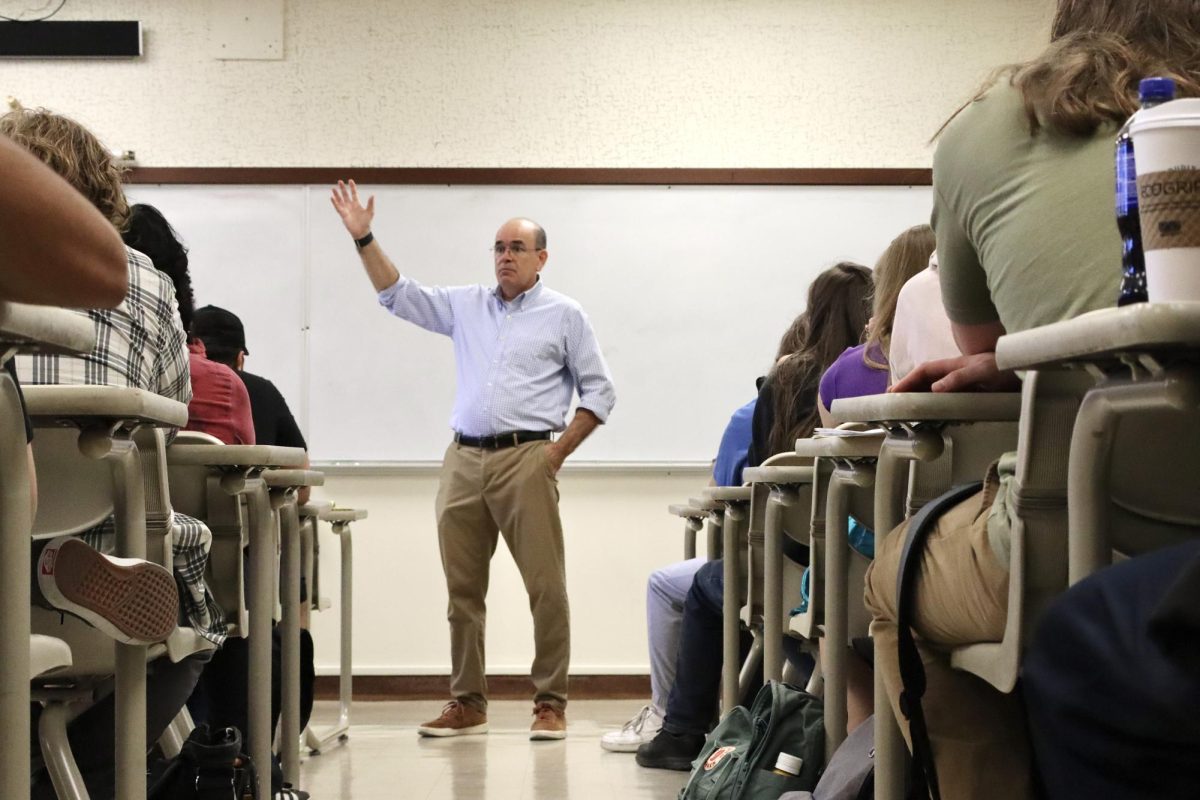In January, a massive spike in COVID-19 cases due to the omicron variant kept a majority of classes online, while City College photography professors Paul Estabrook and Gordon Lazzarone were among the first back on campus in almost two years.
Since the semester started on Jan. 15, Estabrook has taught in-person studio lighting and beginning photography classes at an otherwise empty City College campus. Lazzarone’s studio lighting class returned to campus two weeks later on Jan. 31st. Since Feb. 22, all other in-person classes have also returned.
“I really enjoy being back on campus. I didn’t realize how much I missed the personal interaction with students that was missing with the online classes,” says Lazzarone.
Estabrook says it took a few days to make adjustments following two years of instruction online. One example, he says, after a while without students and teachers on campus, computers used in the classroom were all behind on software updates.
“It was very odd, after nearly two years returning to campus, especially seeing people,” Estabrook says. “But you know, the first day was the oddest and the second day felt great.”
There was a sense of relief in going back to campus. Estabrook says it’s nice to get dressed for school again and not just for Zoom meetings and the students who are back on campus undoubtedly agree.
“Taking photography classes online these past semesters has shown me how important it is to be on campus and hands-on in the studio to really learn. So glad to be back!” says photography student Peter Rabbon, who is in Lazzarone’s studio lighting class.
After being back for a few weeks now, Estabrook says the students who are attending classes on campus are in good spirits and excited to be there. Most classes that have been in-person since the semester started have been labs, where students can benefit from interactions the most. Lazzarone recognizes the importance of in-person education in the field of photography.
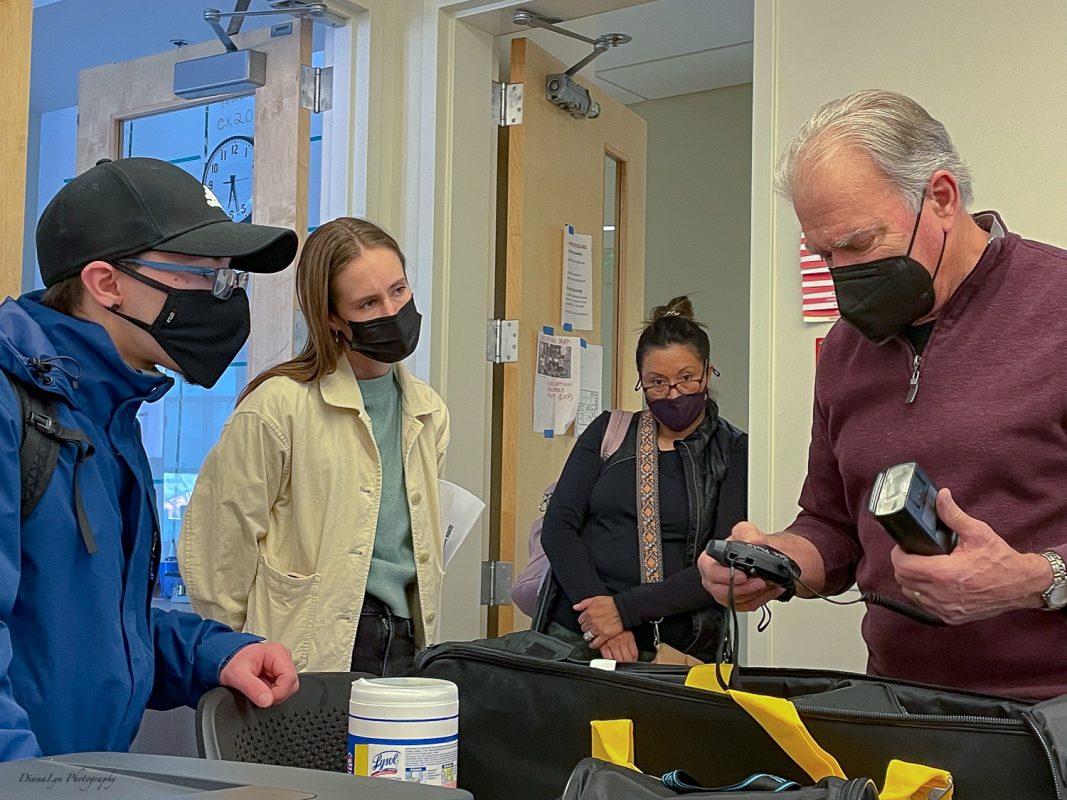
“Learning photography is practical, not theoretical, so being able to help students directly, show them techniques directly, answer their questions directly, in my opinion, makes for a more comprehensive learning experience,” says Lazzarone. “With that being said, I also see value in hybrid classes too, as having video lectures allows for students to learn the material at their best time and is always available for them to review.”
Class sizes are small, a change brought on by the pandemic. Estabrook says that he always loved the energy from teaching a large number of students, but he still enjoys instructing smaller classes.
Most students are still enrolled in online courses, including students who feel anxious returning during the pandemic. Unlike many other professors, Estabrook is particularly prepared for online education.
“Seems like most students, enrollment-wise, wanted the online classes, and then whatever was left were some of the on-ground classes, and those were enrolled last,” Estabrook says, adding, “I love teaching online. I might be one of the few that do love it. I was getting a master’s in online education right before the pandemic, so I was ready to go.”
Estabrook predicts that there will be more hybrid class formats, with instruction both online and in-person, and he doesn’t foresee a complete return to the way classes were prior to the pandemic.
“I don’t think we’re all gonna get back, ever, to the way it was before,” Estabrook says. “I think we’ve entered a new phase of how we deliver education.”

